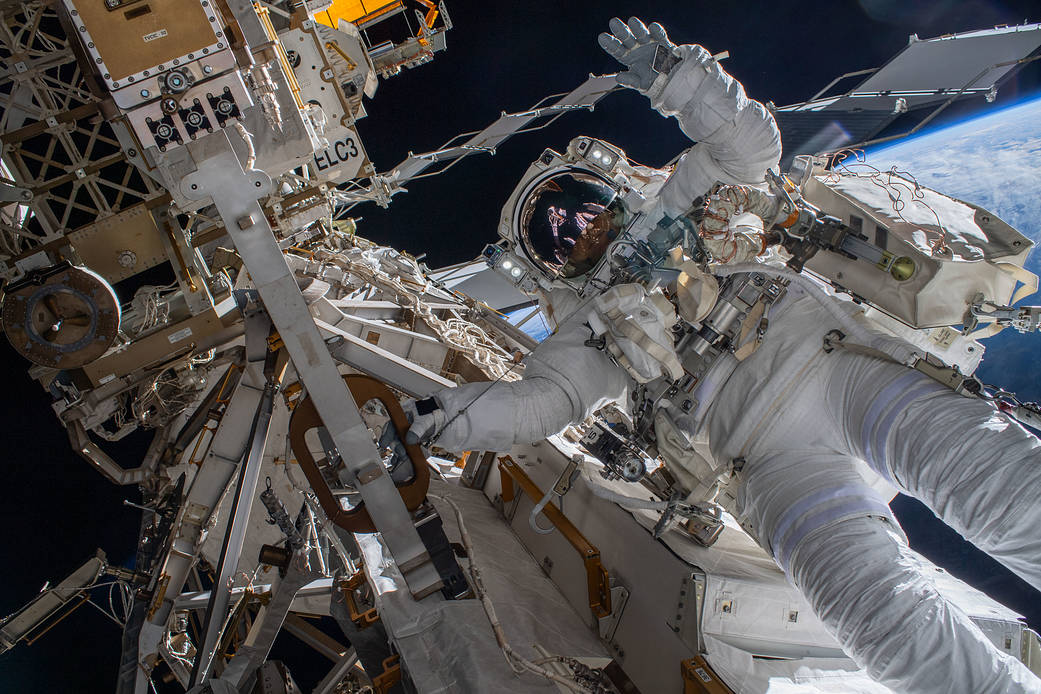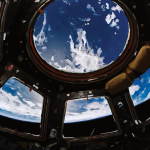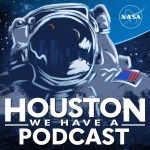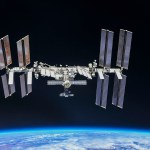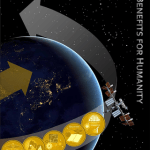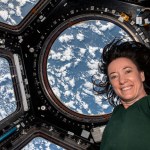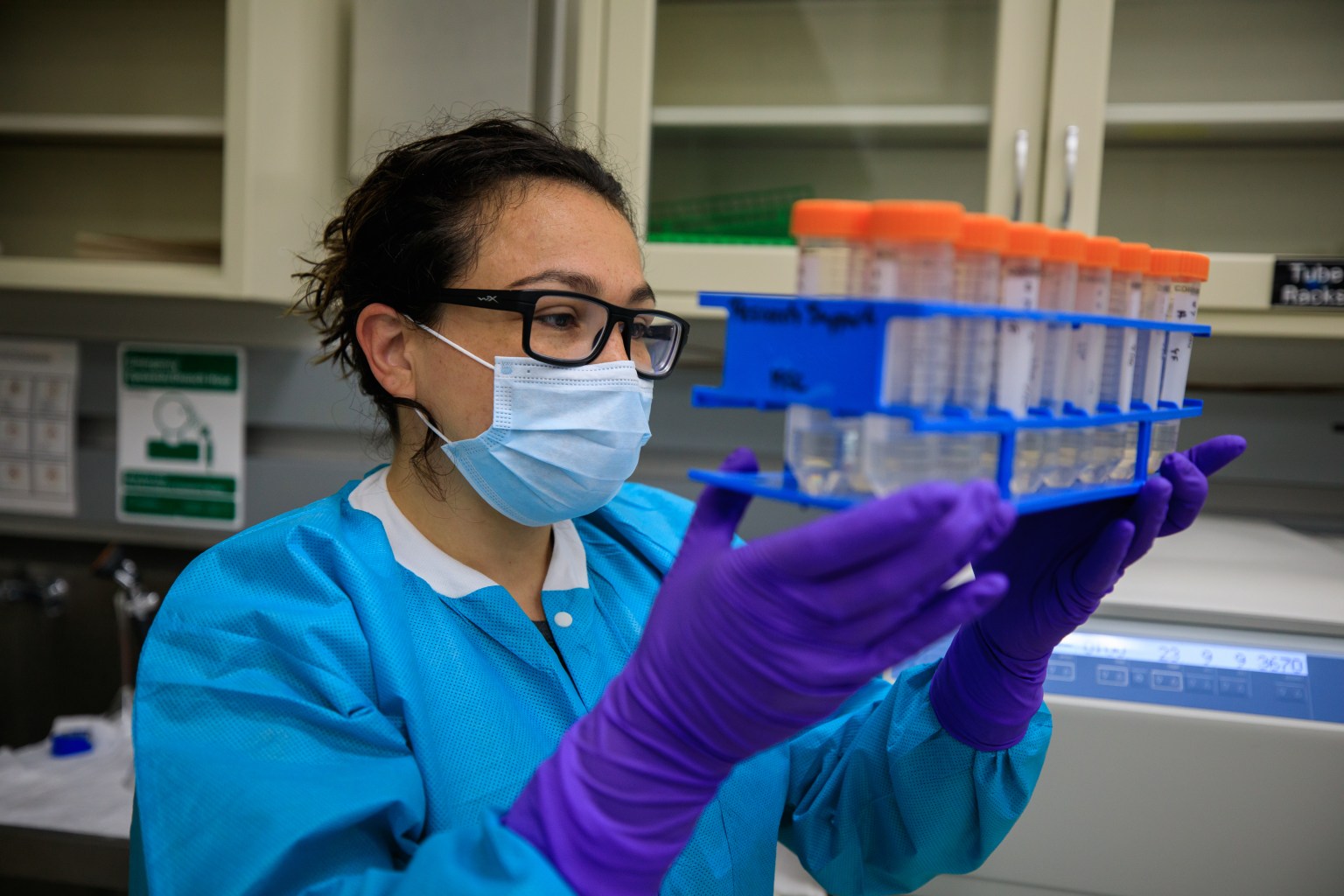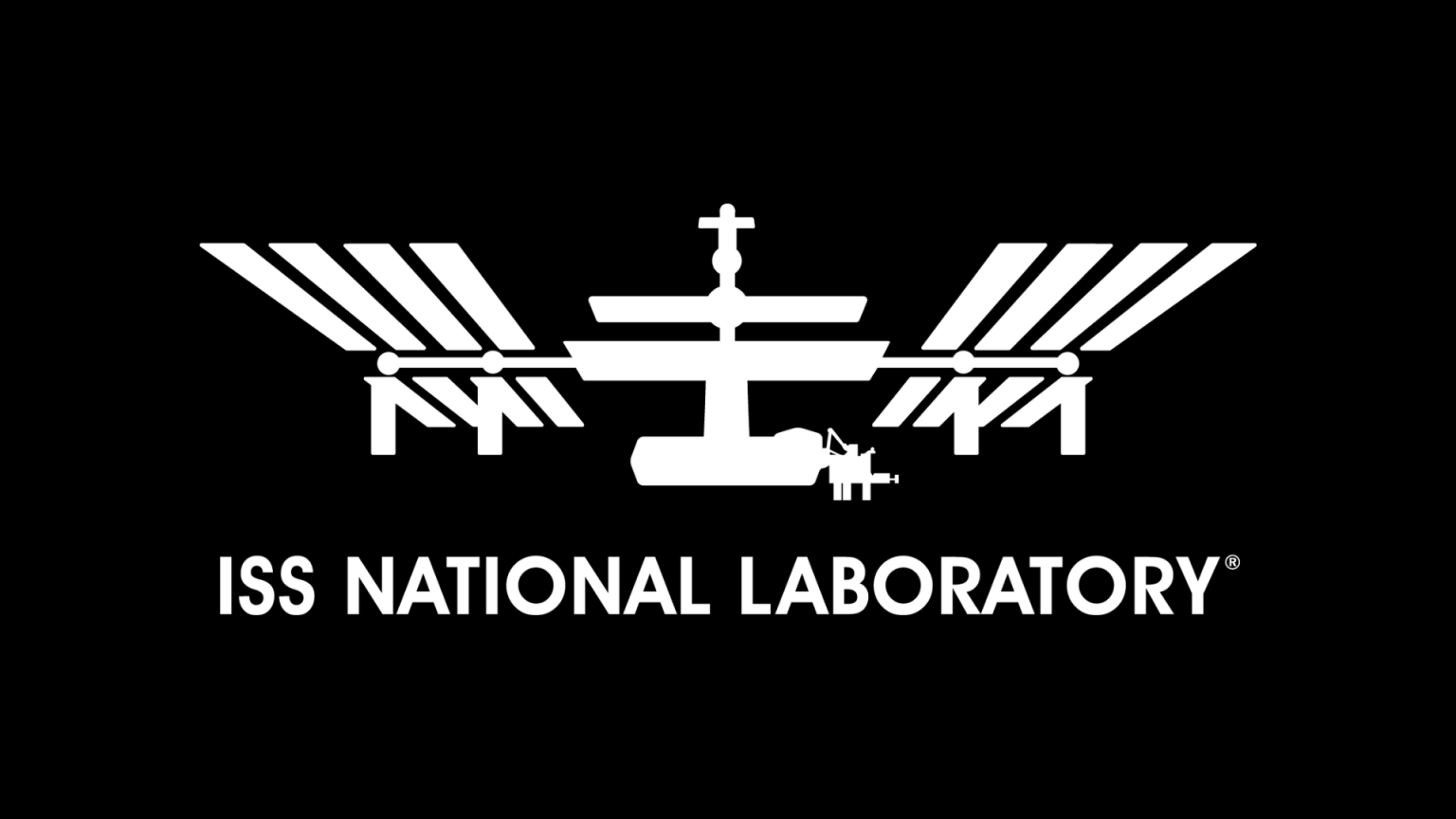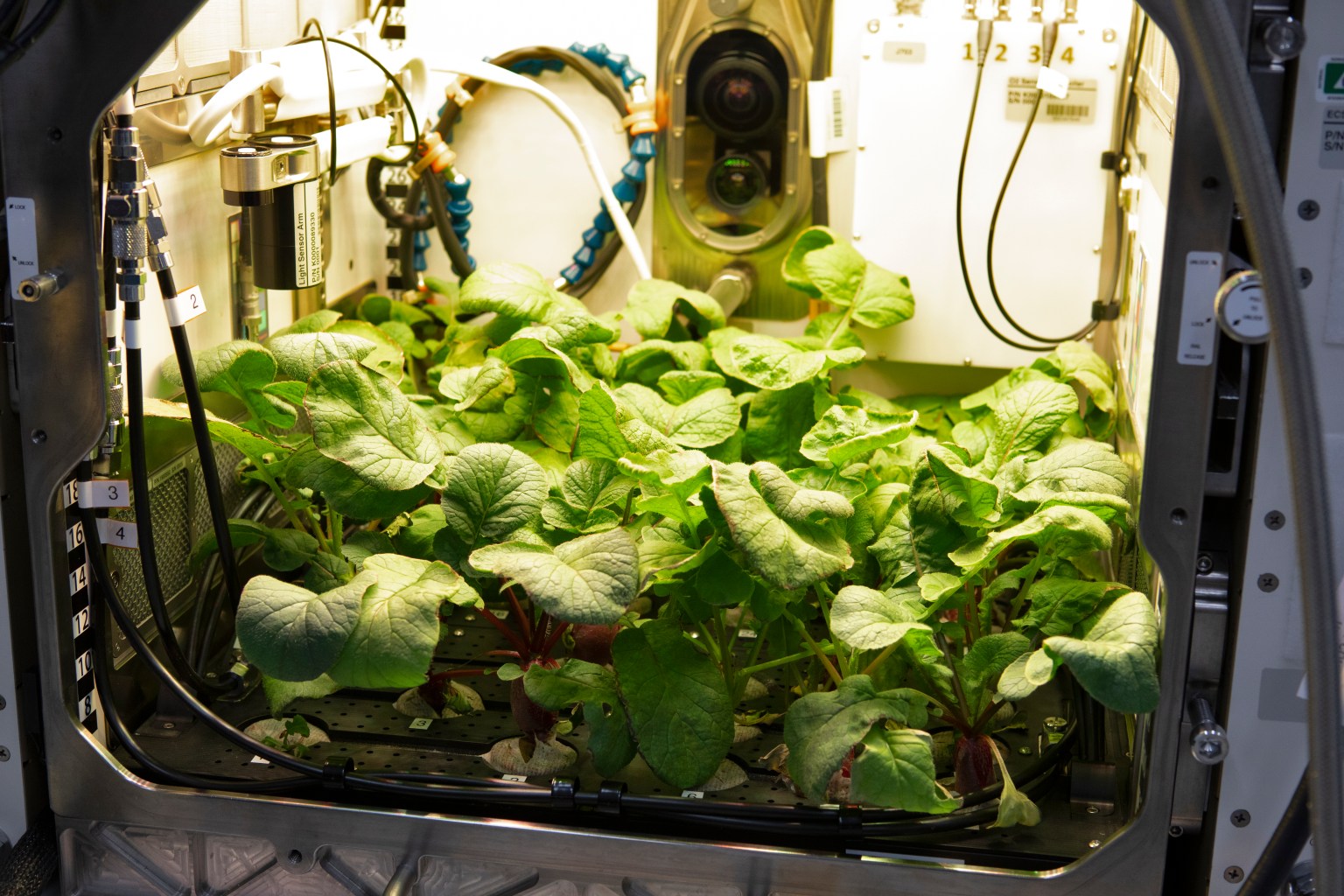Benefits 2022 Publication
The 2022 edition of the International Space Station Benefits for Humanity publication is packed with numerous benefits of the microgravity laboratory highlighting groundbreaking discoveries helping society, technologies tested for future space exploration, new scientific breakthroughs, and contributions to the growing low Earth orbit economy.
Learn More About Station Benefits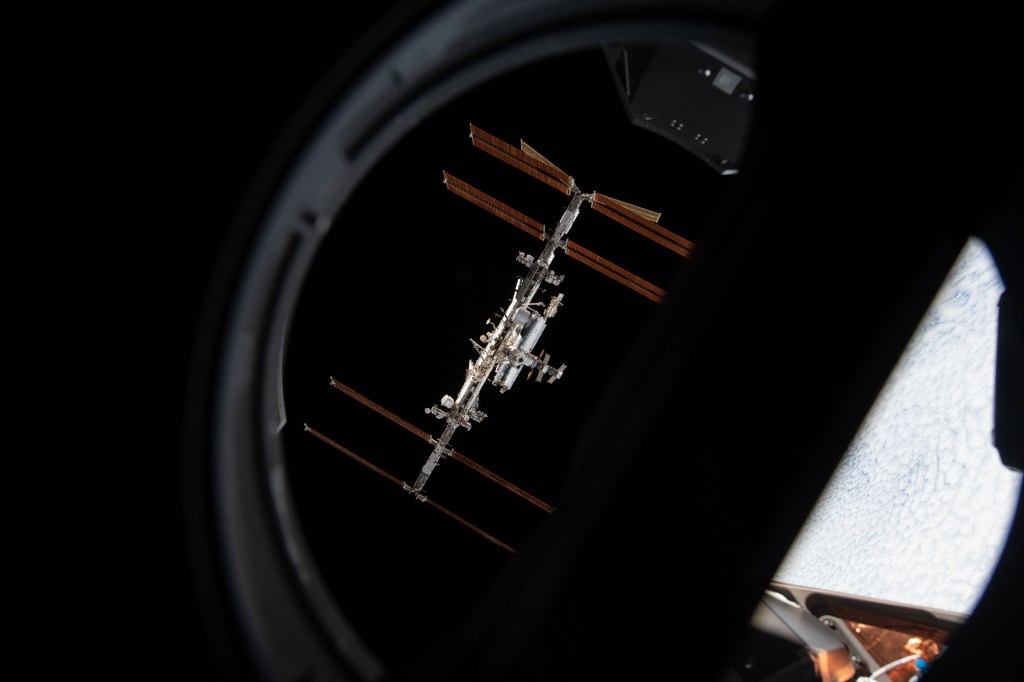
15 Ways the International Space Station Benefits Humanity Back on Earth
The first decade of the International Space Station was the decade of construction. The second decade moved from initial studies…
Read the Story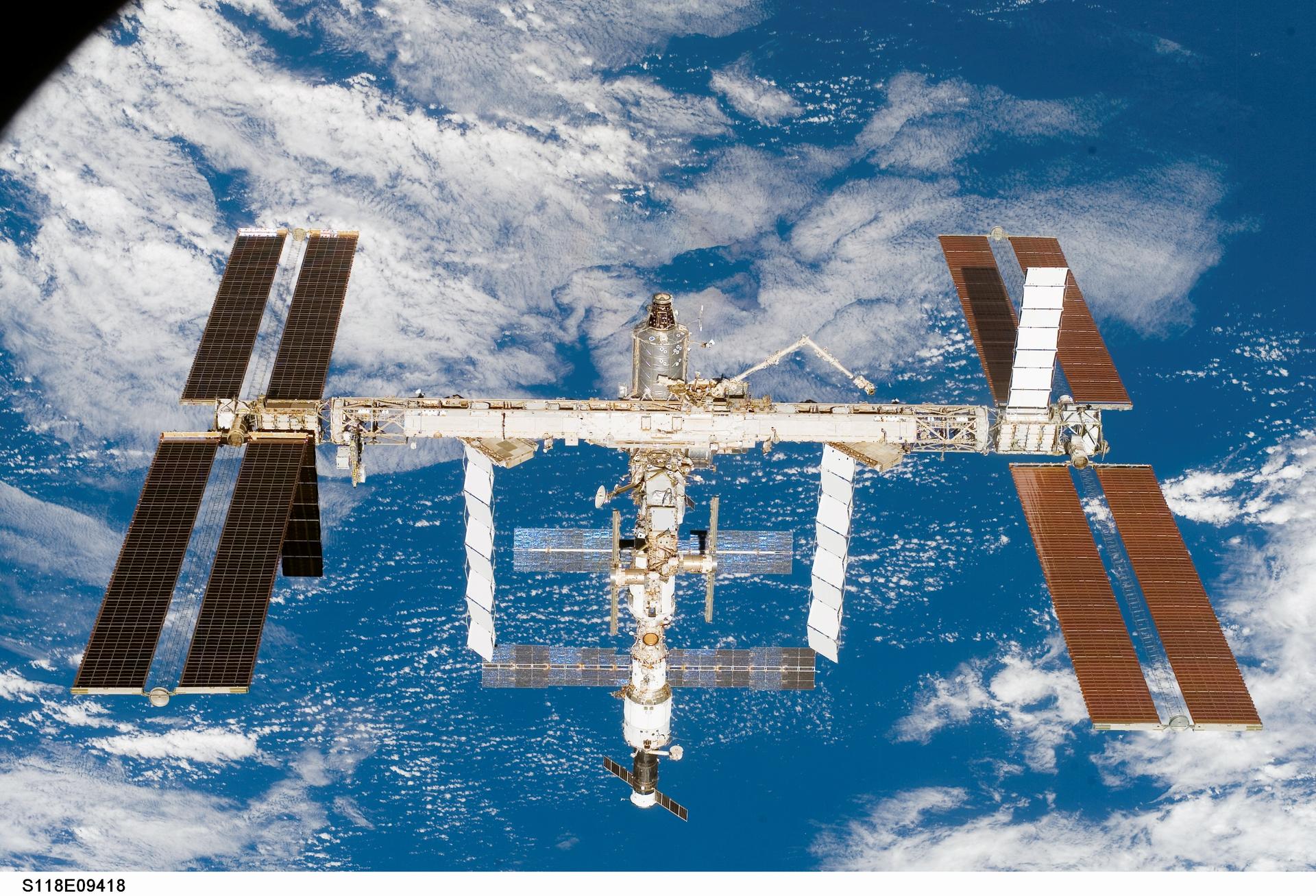
Your Orbiting Laboratory
This introduction summarizes the International Space Station’s unique research opportunities and key accomplishments to date. Learn how space station benefits are derived and look at the growing number of studies and facilities building on prior results as the station moves into its third decade, including from the perspective of its international partners.
Learn More About the Orbiting Laboratory about Your Orbiting Laboratory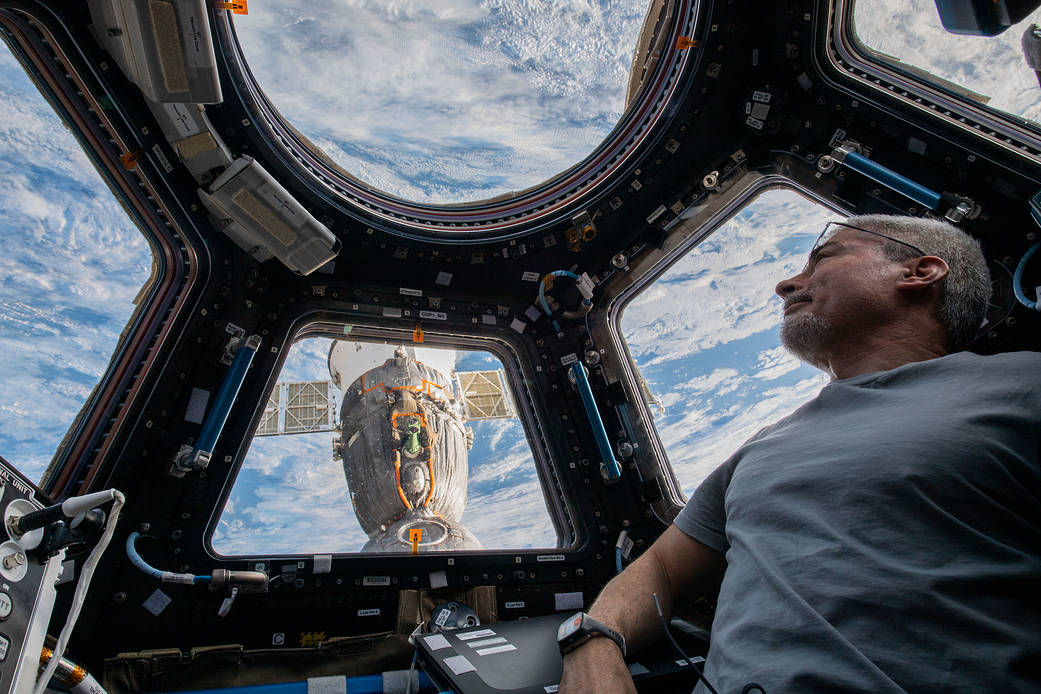
Seeing Our Home in a Whole New Light
From its orbit 402 kilometers (250 miles) above Earth, the International Space Station collects a variety of data and imagery that benefit humanity. More than 3.5 million photographs of Earth have contributed to research on our atmosphere and climate change, monitoring of and response to natural disasters such as flooding and volcanic eruptions, studies of light pollution, and much more.
Learn More About Crew Earth Observations about Seeing Our Home in a Whole New Light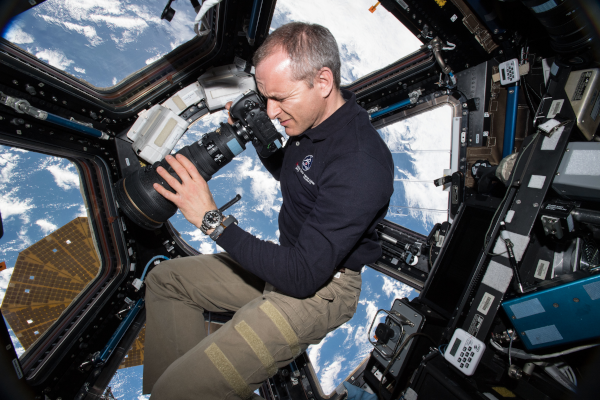
Microbiology in Microgravity
Scientists use the International Space Station and its many tools, including DNA sequencing and genome editing, to study microbes – how they behave in sanitized and confined environments, how space may change them in ways that could affect human health, and whether they could be used to mine metals on other planets.
Learn More About Station Microbiology Studies about Microbiology in Microgravity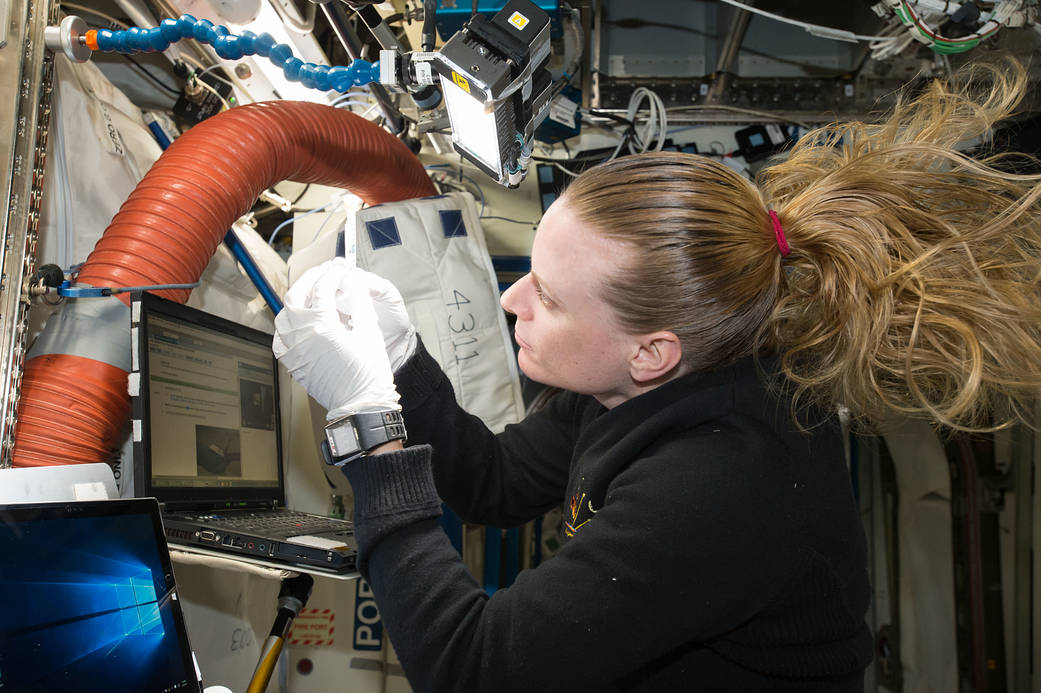
Advancing Human Health
Researchers from around the world use the International Space Station to address complex human health problems on Earth, studying disease formation, testing drugs and diagnostic tools, and examining the inner workings of the human body. Much of this work employs unique microgravity tools including protein crystals and tissue chips, as well as devices designed specifically for space but that also have been adapted for use on Earth.
Learn More About Human Research Studies about Advancing Human Health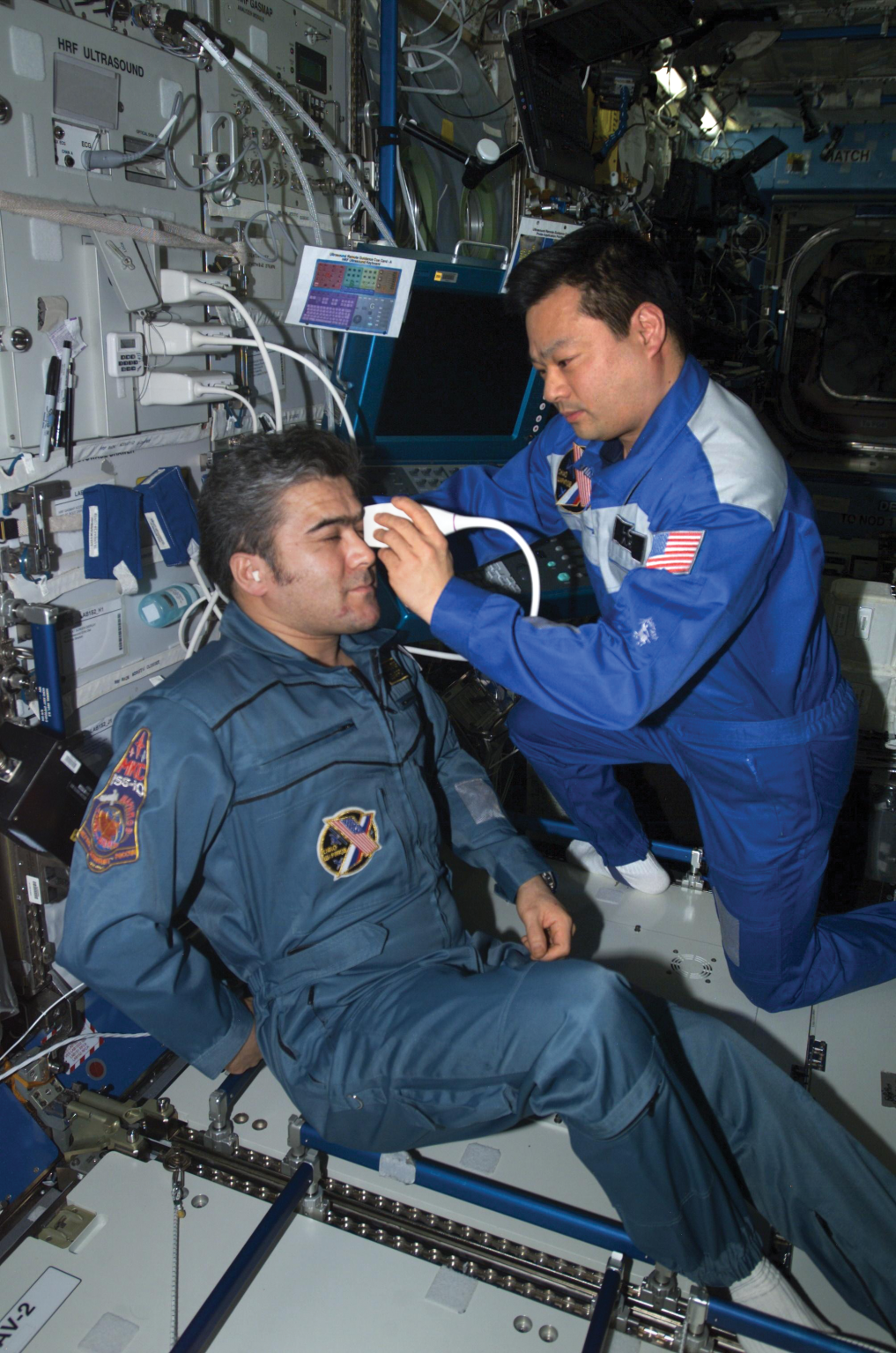
Space 24 | 7 | 365
As a home to humans and a lab for scientific research for more than 20 years, the International Space Station is a one-of-a-kind platform for advancing technologies such as robots, computers, health monitors, life support systems, and more for both space and ground applications.
Learn More About Living in Space about Space 24 | 7 | 365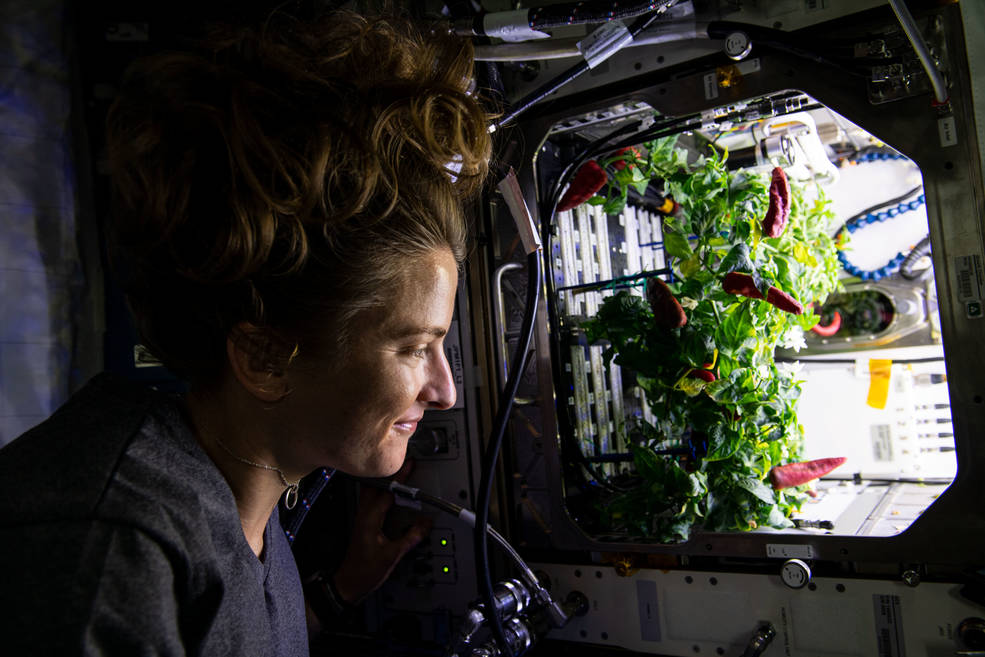
Bringing Humanity Along for the Ride
Space exploration and scientific discovery inspire people. The International Space Station seeks to share that inspiration as much as possible through various opportunities and programs.
Learn How Station Inspires People about Bringing Humanity Along for the Ride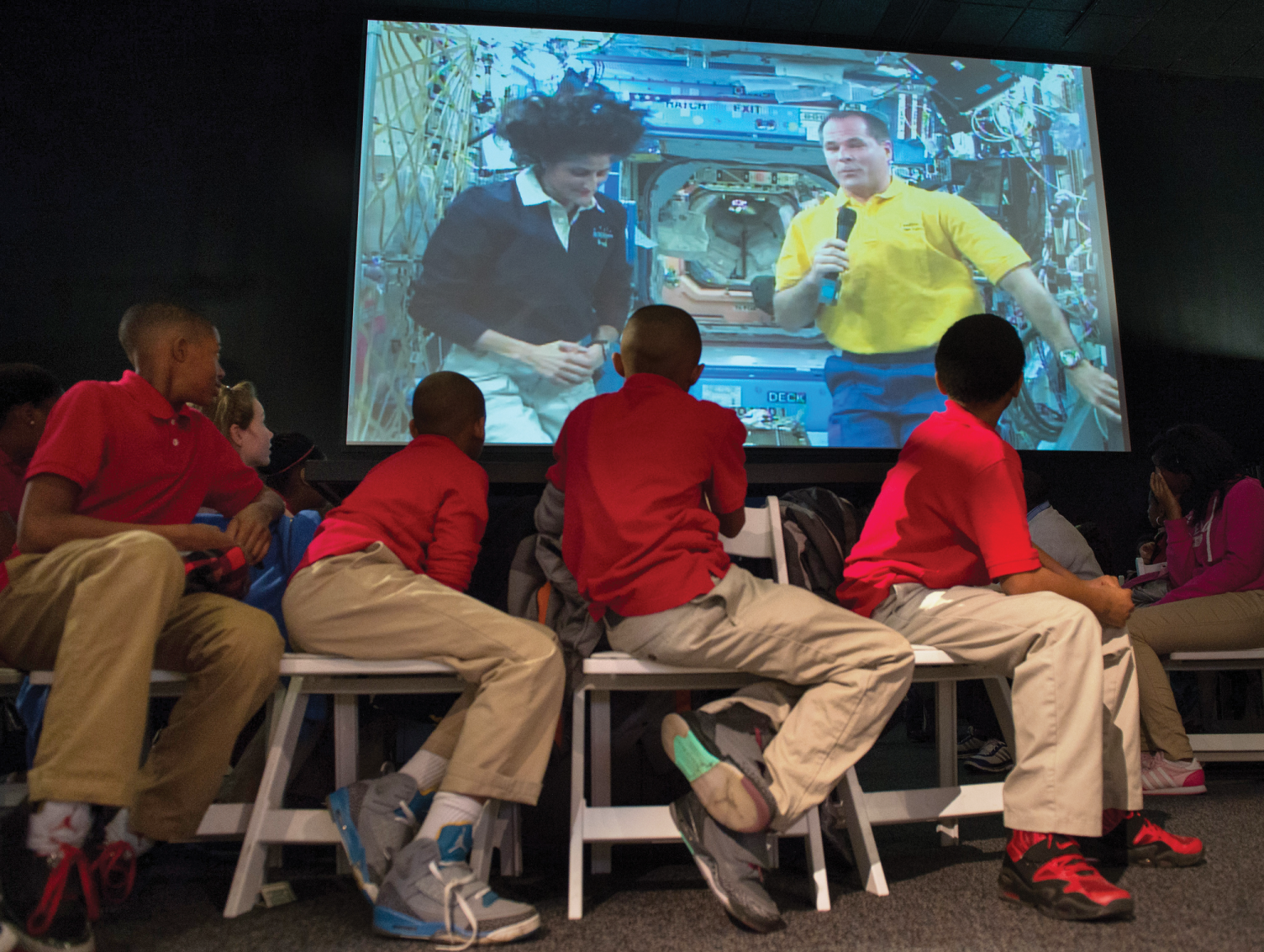
New Frontiers in Physics
Microgravity enables study of the physics of the universe through a completely new lens. International Space Station scientists are discovering fundamental knowledge through research on colloids, bubbles, and fluid behavior.
Learn More About Physics Studies about New Frontiers in Physics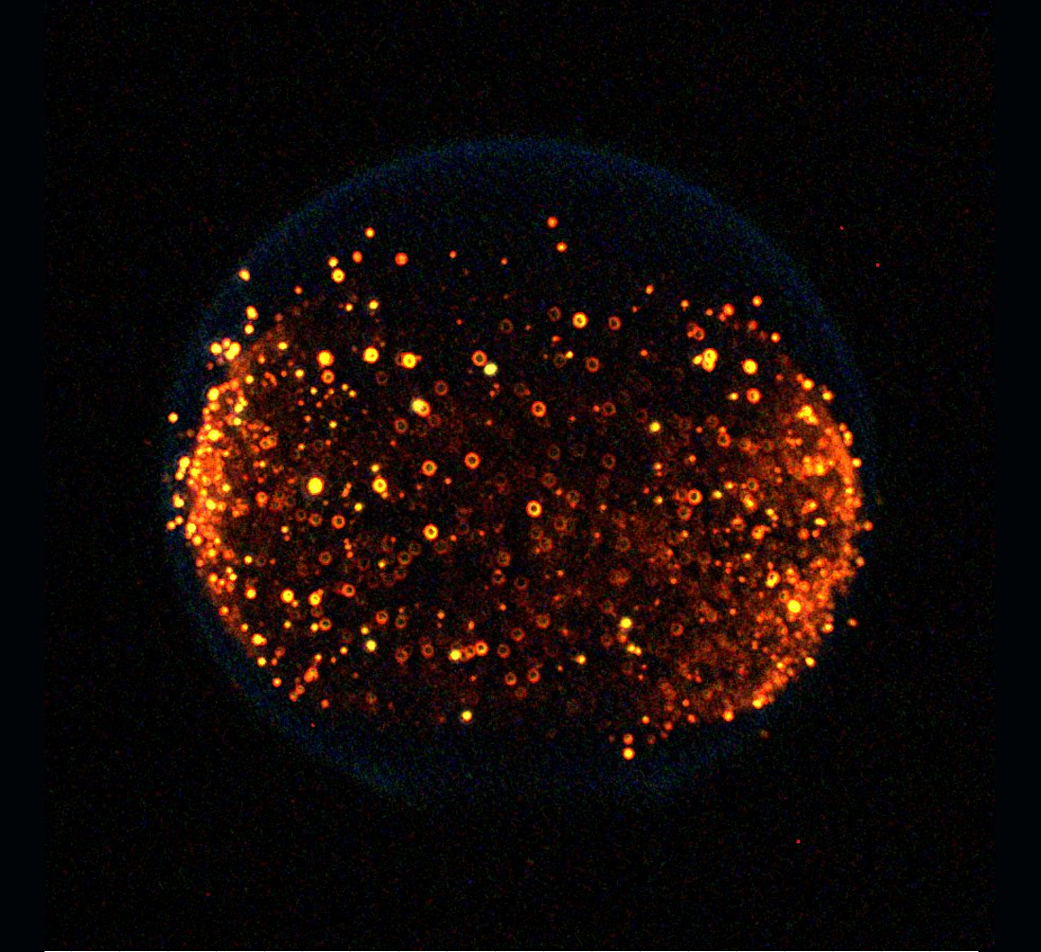
Growing the Low Earth Orbit Economy
As a platform used by small businesses, entrepreneurs, and researchers to test their science and technology in space, the International Space Station has supported development of new and improved products, spawned new commercial ventures, and provided growth for existing ones.
Learn How Station Helps Grow the LEO Economy about Growing the Low Earth Orbit Economy